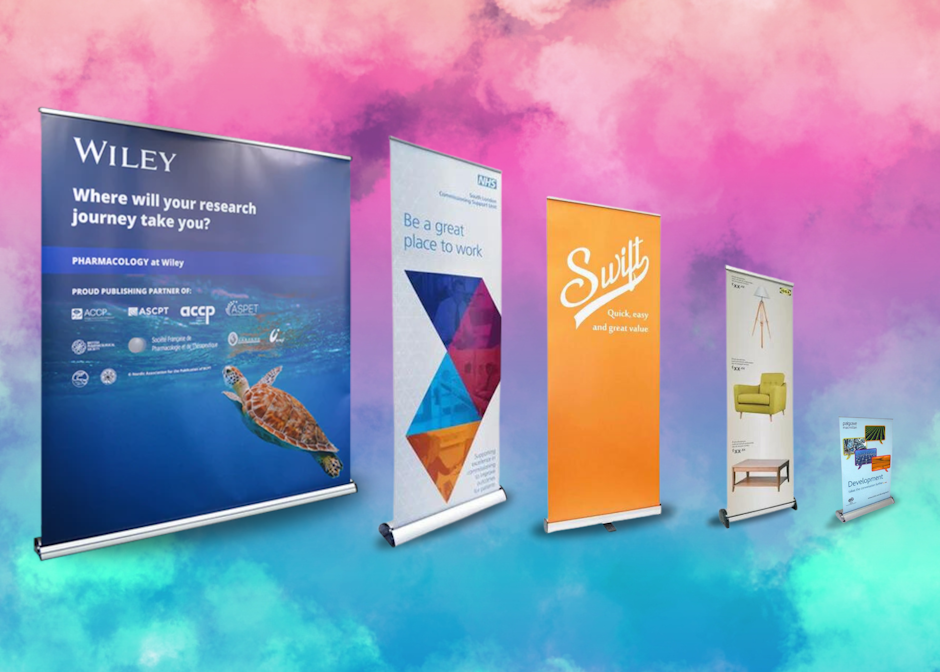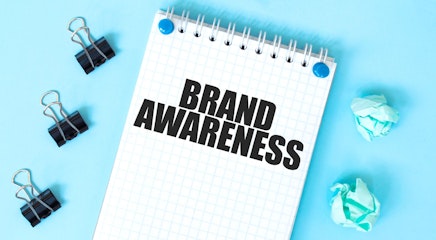In difficult economic times it’s important to prioritise marketing budgets and ensure spend is focused on achieving the growth targets you’re after.
It’s a fact of life that for many businesses marketing budgets have been hit or reallocated, and no channel can be exempt from re-evaluation when trying to identify the most successful at generating sales or new business.
Big lead budgets
Trade shows can be time consuming and budget heavy and are often the top of the list to be cut back, despite most businesses now appreciating the huge value of face-to-face marketing. Trade shows and exhibitions can have a high upfront cost – think exhibition space, materials, staffing, hotels and expenses just for starters – with a long lead time, meaning any success generated from them is often well down the line and harder to quantify. Cutting exhibition budgets in the short term, however, can negatively impact revenue in the future.
Perception
How will prospects, customers and competitors react to your absence from a trade show you’ve exhibited at before? This could reduce confidence in your ability to sell and the perception of your financial health, and your rivals will certainly be on hand to confidently provide them with a strong alternative.
Below are 7 tips to help you exhibit in a difficult financial climate:
1. Get smaller: reduce exhibit space
Serving the needs of your customers and prospects with your team and people on the exhibition floor should be more important than the size of your booth, and you can confidently tell your prospects this too if they ask!
2. Keep it simple with pop-up and modular displays
Clever use of light-weight and moveable display elements like pop-up banners mean that you can cover a space without needing to literally cover it in high-cost booth elements. Think about creating a professional-looking backdrop to your on-floor activities rather than an all-singing all-dancing booth area.

3. Rent don’t buy
Exhibition stand rental can dramatically cut the admin, labour and logistics costs of exhibitions depending on how many you attend and where they are. Always look at rental options as installation is usually incredibly efficient to ensure your time can be better spent.

4. Go local
Local is normally cheaper for obvious reasons. Firstly make sure you’re maximising the return you can get from local events, as in difficult economic conditions your prospects are also less likely to travel meaning they could congregate on your doorstep.
Secondly use resources local to the event whenever you can access them. This means manning a stand with a company representative who’s from the area rather than somebody else driving hundreds of miles.
You’ll benefit from a local presence and it can serve as a great training opportunity.
5. Offer added value benefits
When you can’t change your product, appeal to the financially-concerned prospect by offering free added value like warranties, money-back guarantees, free shipping. discounted rental or other incentives.
Remember you’re not the only one looking for those budget benefits.
6. Maximise your after-show performance
In tough conditions the market can get even more cut-throat, so you need to ensure you bring your A-game in terms of customer service and lead servicing after an exhibition.
Ensure your lead management is up to the job and your can effectively and quickly respond to close a sale.
7. Use the press
Ensure you have an excellent press kit on hand to hand out to any industry or wider press, and hit up any contacts you have in advance to arrange interviews and any post-show coverage.
It’s vital to control the message being put out and ensure you’re portrayed in the best light, and PRs can link you directly to markets you want to access.
While economic hardship is obviously tough, we know that it’s also a huge opportunity to succeed if you can make the most of the conditions. Maximise the return from your marketing and exhibition spend and you’ll put yourself in a position to come out of a recession stronger and leaner.









